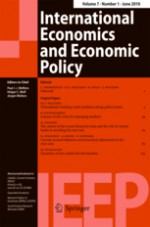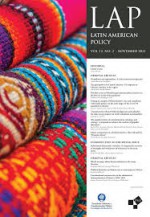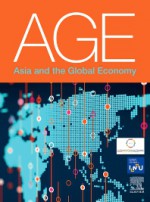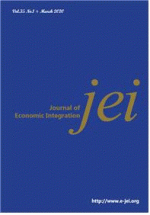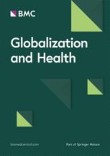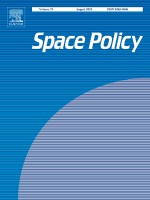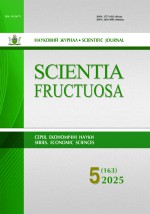ASEAN Economic Integration Compared: What Do The Numbers Tell Us?
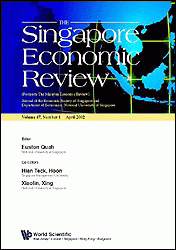
In the comparative literature on regional (economic) integration processes, the ASEAN experience is often contrasted with the European (EU) integration process. More than any other integration process in the world, the ASEAN case is singled out as a counter-model for the EU. The ASEAN model is thereby associated with features such as: low levels of institutionalization, pragmatism, bottom-up or de facto regionalization, regional production platforms, and so on. The positive features of this ‘model’ are often emphasized; however, in recent years there have also been calls for deepening the institutionalization of ASEAN, including from the ADB.
The purpose of our paper is double: On the one hand, we present a long-term meta-analysis of available indicators in order to compare more accurately the ASEAN experience with other integration experiences worldwide, and complement (and test) the mostly qualitative approaches in the comparative literature. This should allow to better identify convergences and divergences between ASEAN and other integration processes. On the other hand, by comparing ASEAN with benchmark cases, we shed new light on the potential for further deepening the economic integration process in Southeast Asia. The latter comparison is complemented with gravity-type model estimations to assess the potential for further developing intra-ASEAN trade.
It is shown that ASEAN’s export space is expanding faster than the world average and that there is still space for ASEAN countries to further develop the role of its intra-regional trade. ASEAN can further improve the region’s competitiveness by reducing the non-tariff barriers and technical barriers, trade facilitation, strengthening regional value chains, facilitating factor mobility and enhancing regional cooperation.

